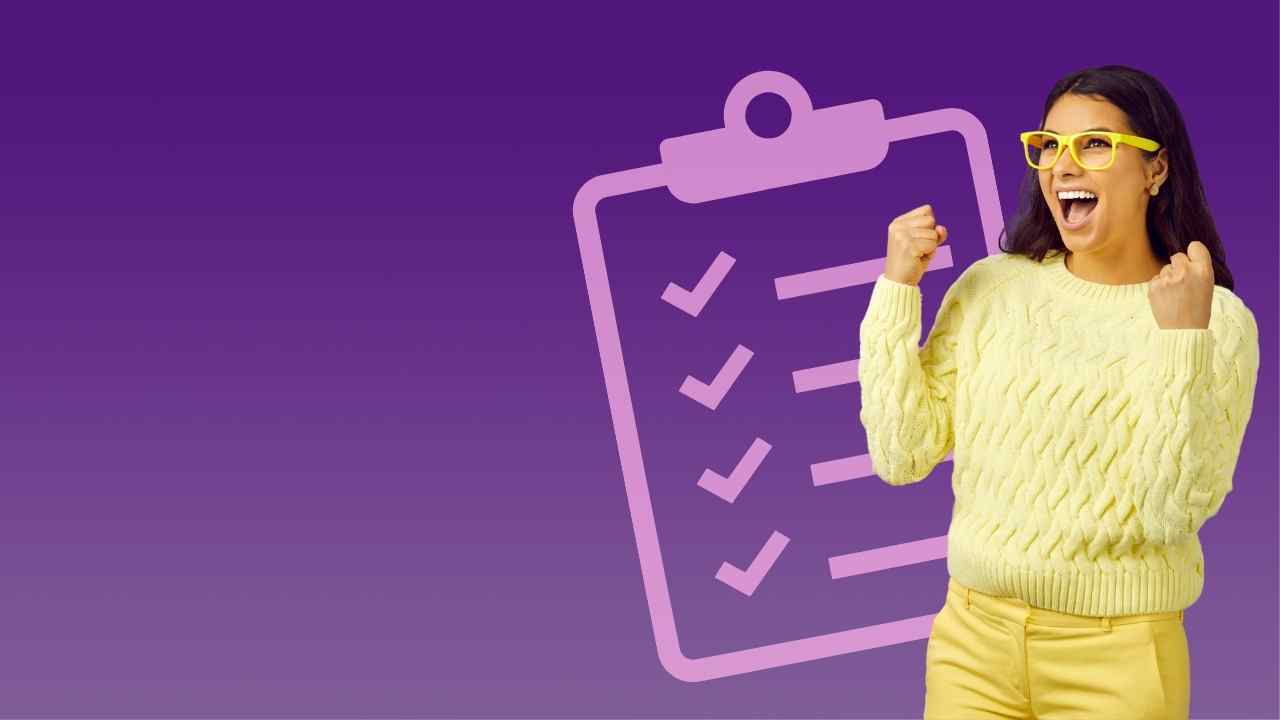3 min read
Embracing the Future: How 3PLs Can Optimize Operations with a Warehouse Management System
![]() Osa Commerce
:
July 30, 2024
Osa Commerce
:
July 30, 2024

Third-party logistics (3PL) providers are always looking to stay ahead of the curve. One key system that can help 3PLs optimize and scale their operations is a Warehouse Management System (WMS). However, adopting WMS software isn't a one-size-fits-all solution. Successful implementation requires a deep understanding of customer operations, procurement processes, inventory management key performance indicators (KPIs), order fulfillment—including branded kitting and assembly—and shipping and last mile requirements. Each of these workflows must be meticulously documented and automated before moving on to integrations, technology requirements, and reporting and analytics.
Table of Contents
Why Implementing a WMS is Worth the Effort
On-Boarding Checklist for WMS Implementation
Why Implementing a WMS is Worth the Effort
Implementing a new technology like WMS might seem daunting, but the benefits far outweigh the challenges. Here’s how a WMS can transform your operations:
1. Reduction in Labor Costs:
-
- By automating tasks such as inventory tracking and goods retrieval, a WMS can significantly cut down on labor costs.
- Improved efficiency reduces the need for excess manpower, allowing you to allocate resources more effectively.
2. Minimized Errors:
-
- Manual processes are prone to human error. In fact, 3PLs relying on Excel see up to 88% of errors alone, which is alarming and costly.
- A WMS minimizes the likelihood of costly errors, such as mis-shipments or inventory miscounts, ensuring higher accuracy and customer satisfaction.
3. Increased Efficiency:
-
- Automated processes streamline operations, making it easier to manage inventory, fulfill orders, and handle shipping and last-mile delivery.
- This efficiency helps in meeting customer demands more effectively and timely, enhancing overall service quality.
4. Customer Visibility/Satisfaction:
-
- 3PL customers must trust their providers to process orders quickly, accurately, and efficiently. This level of transparency and visibility builds trust and customer satisfaction.
- Using WMS automation with a secure customer portal gives 3PL customers the ability to monitor operations, inventory levels, and order status in real-time—ensuring they are always in the loop.
Investing in the Future
When 3PLs invest in new WMS technology, they are not just upgrading their systems; they are investing in the future of their customer's businesses. This demonstrates a proactive approach to alleviating and addressing current logistical and supply chain issues while promising to meet future needs with modern resources and technology.
A lack of investment in technology often signals a lack of motivation to stay competitive. By contrast, adopting a WMS showcases a commitment to innovation and excellence, which can be a significant differentiator in the market.
Getting Started with WMS
To help you kick start your customer journey, consider using resources like the Osa Commerce 3PL WMS On-boarding List. This comprehensive list is designed to help 3PLs prepare for new WMS technology by providing a step-by-step guide through the process.
Key Steps in the On-boarding List Include:
Understanding Customer Operations:
-
- Thoroughly documenting current workflows and identifying areas for automation.
- Thoroughly documenting current workflows and identifying areas for automation.
Defining KPIs:
-
- Establishing key performance indicators for inventory management and order fulfillment.
- Establishing key performance indicators for inventory management and order fulfillment.
Integrating Systems:
-
- Ensuring seamless integration with existing systems and technologies.
- Ensuring seamless integration with existing systems and technologies.
Reporting and Analytics:
-
- Setting up robust reporting mechanisms to track performance and identify areas for improvement.
- Setting up robust reporting mechanisms to track performance and identify areas for improvement.
On-Boarding Checklist for WMS Implementation
General Information
- Company name and location?
- Primary contact person and their role?
- Warehouse address and contact details?
Operations
- What types of products do you store and handle?
- How are the products uploaded (Integration, Upload, Entry?)
- What is your average monthly throughput (shipments, orders, pallets)?
- Do you have any seasonal or peak periods?
Inventory Management
- How do you currently track and manage inventory?
- What are your inventory accuracy and visibility requirements?
- Do you use any specific inventory valuation methods?
Order Fulfillment
- How do you receive and process orders (manually, e-commerce)?
- Type of Orders (B2C, Wholesale, Retail)?
- What are your order fulfillment lead times and Service Level Agreements (SLAs)?
- Do you offer any value-added services (VAS, kitting)?
Shipping and Transportation
- How do you manage freight and transportation operations?
- What are your shipping carrier preferences and requirements?
Technology and Integration
- What is your current technology infrastructure (WMS)?
- Are there any specific integrations or APIs required?
- Number of marketplaces?
- Number of Demand Channel Integrations?
- Do you have any existing automation or robotics systems?
Reporting and Analytics
- What types of reports and analytics do you require (e.g., inventory levels, shipment tracking)?
Implementation and Support
- What is your timeline for WMS implementation?
- Who will be the primary point of contact for implementation and support?
- Are there any specific training or documentation requirements?
- What are the IT support requirements? What are the internal support infrastructure and ticketing process?
Ready to Start?
Implementing WMS technology is necessary for today’s 3PLs. The rewards in terms of cost savings, efficiency gains, and error reduction make it a worthwhile investment. By embracing modern technology, 3PLs can enhance their operations and provide better service to their customers, ensuring they stay competitive in an ever-evolving market.
Start your journey towards a more efficient and scalable operation today. Explore the Osa Commerce 3PL WMS On-boarding List and take the first step towards a brighter future for your business and your customers.








